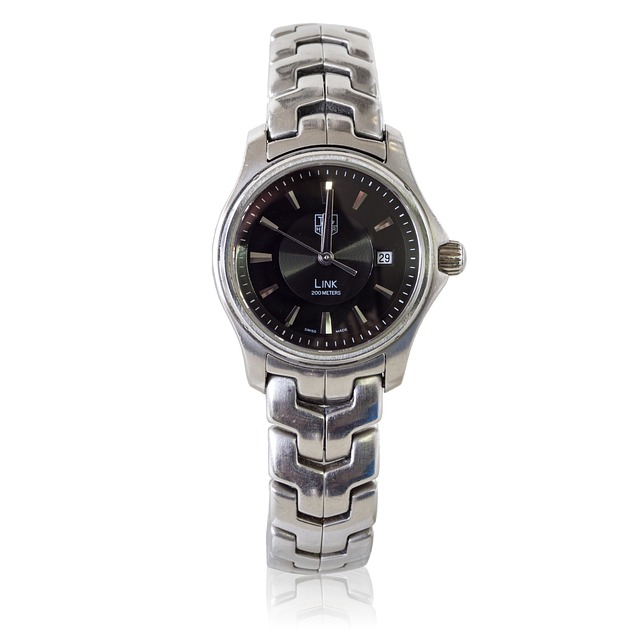Skin tags, caused by friction or irritation, are commonly treated in Manchester using liquid nitrogen (LN2), a precise cryogenic agent. After a consultation, a topical anesthetic is applied, followed by LN2 injection to freeze and shrink skin tags, leading to their natural falloff. This non-invasive method, performed by trained professionals, offers a swift and permanent solution for tag removal, with proper aftercare ensuring optimal healing. Manchester Tag Removal should be approached with personalized advice, especially for individuals with medical conditions or on blood thinners.
“Looking for effective Manchester Tag Removal? Discover the power of liquid nitrogen in eliminating skin tags. This comprehensive guide explores different types of skin tags, their causes, and why liquid nitrogen is a safe, popular method. From understanding the procedure step-by-step to aftercare tips, we’ve got you covered. Learn how this simple, non-invasive technique can help you bid farewell to unsightly skin tags for good.”
- Understanding Skin Tags: Causes and Types
- Liquid Nitrogen as a Removal Method
- The Procedure: Step-by-Step Guide
- Aftercare and Common Considerations
Understanding Skin Tags: Causes and Types
Skin tags, also known as acrochordons, are small, soft skin growths that typically appear on the neck, armpits, and groin area. They are usually harmless and often go unnoticed, but some individuals may find them unsightly or uncomfortable. Understanding their causes and types is essential when considering Manchester Tag Removal.
The primary cause of skin tags is friction or irritation of the skin. This can occur due to clothing rubbing against certain areas or skin-on-skin friction in folds of skin. Skin tags are more common in older adults, pregnant women, and obese individuals. They can also be linked to specific genetic conditions and hormonal changes. There are various types, including acral tags, which appear on non-sun exposed skin, and tag-like warts caused by viral infections. Recognizing these variations is crucial when deciding on the most effective Manchester Tag Removal method.
Liquid Nitrogen as a Removal Method
Liquid nitrogen has emerged as an effective and popular method for skin tag removal in Manchester, offering a quick and relatively painless solution. This technique involves freezing the skin tags with liquid nitrogen, causing them to shrink and eventually fall off. It’s important to note that this procedure is typically performed by trained professionals who ensure proper application and patient comfort.
As a cryogenic agent, liquid nitrogen provides precise cooling, enabling targeted destruction of the skin tag tissue without damaging surrounding healthy skin. The freezing process induces a state of cryo-injury, leading to the disruption of blood vessels and cellular structures within the skin tags. This non-invasive approach is especially beneficial for individuals seeking a swift and permanent solution for unsightly skin tags, making it a sought-after option in Manchester’s tag removal services.
The Procedure: Step-by-Step Guide
The procedure for removing skin tags with liquid nitrogen in Manchester Tag Removal is both effective and relatively straightforward. It begins with a consultation where a dermatologist assesses the skin tag’s size, type, and location to determine the best course of action. If liquid nitrogen (LN2) is deemed suitable, the process can start.
During the treatment, the dermatologist will apply a topical anesthetic cream to numb the area around the skin tag. Once the area is fully numbed, they’ll use a small cannula or needle to inject liquid nitrogen into the skin tag. The LN2 rapidly freezes and damages the skin tag’s blood vessels, causing it to turn white and become firm. After a short time, the frozen skin tag will fall off, typically within a few days. Any residual scabs or redness should heal within a week with proper aftercare.
Aftercare and Common Considerations
After removal, it’s crucial to care for the skin properly to ensure optimal healing and reduce potential complications. Following the procedure, a light cleaning with warm water and gentle soap is recommended, patting the area dry rather than rubbing. Applying a thin layer of over-the-counter antibiotic ointment can help prevent infection and promote healing. It’s essential to avoid scratching or touching the treated area and to refrain from using harsh soaps or lotions for a few days.
When considering Manchester Tag Removal, it’s important to be aware of potential side effects and common considerations. Some redness and mild swelling are normal post-treatment, but severe pain or prolonged bleeding should be addressed promptly. Individuals with certain medical conditions, such as bleeding disorders or taking blood thinners, should consult a healthcare professional before proceeding. Additionally, while liquid nitrogen is generally safe, it’s not suitable for everyone, so a qualified dermatologist can offer personalized advice and ensure the best outcome.
Removing skin tags with liquid nitrogen, also known as cryosurgery, is a popular and effective method for Manchester tag removal. This non-invasive procedure offers a quick and relatively painless way to eliminate unsightly skin tags. By targeting the tag’s blood supply with liquid nitrogen, the skin cell dies, and the tag falls off over time. While it may not be suitable for all types of tags, it provides an efficient solution for many. Always consult a professional for proper aftercare and to ensure the best results in any Manchester tag removal treatment.
